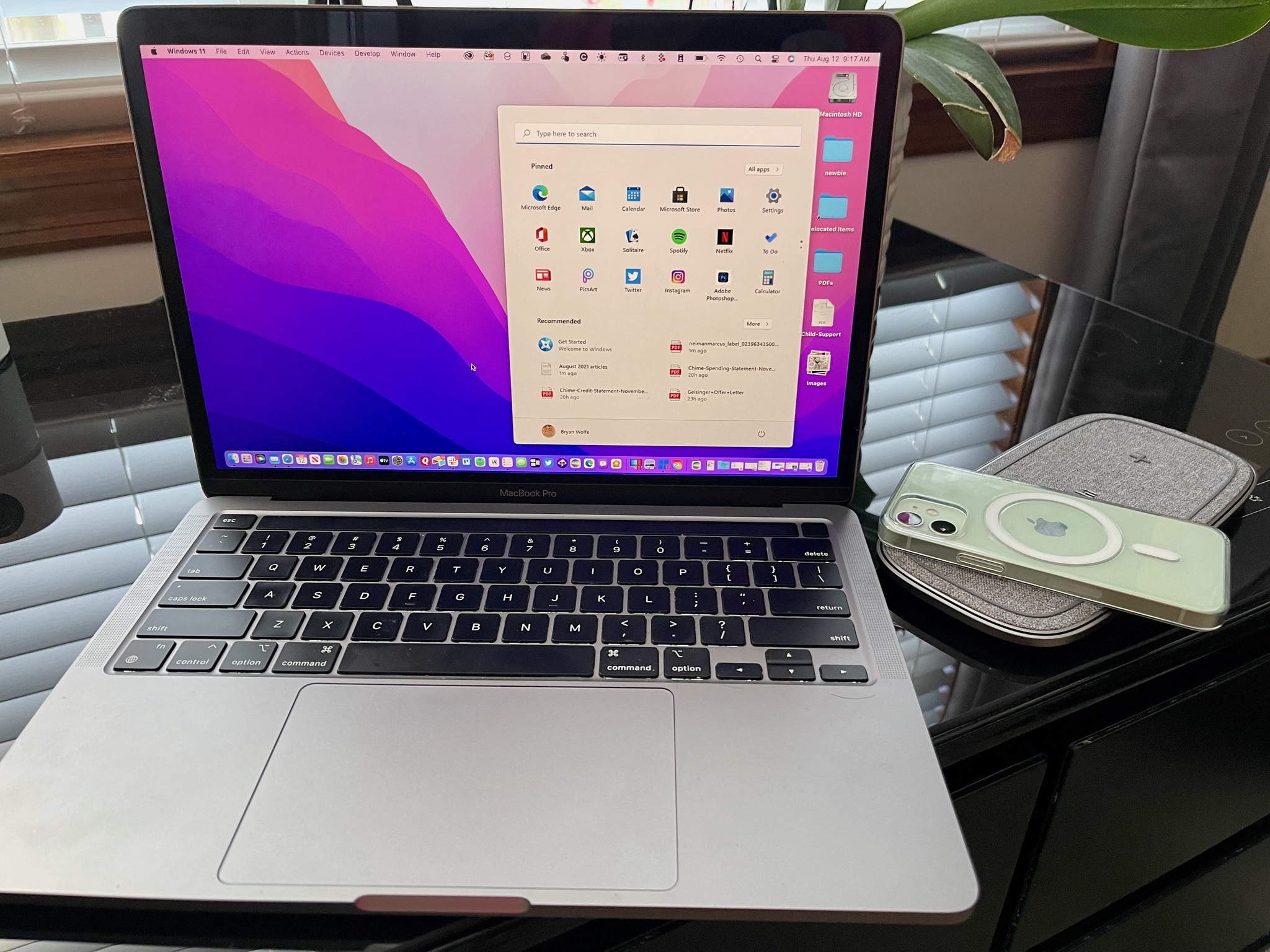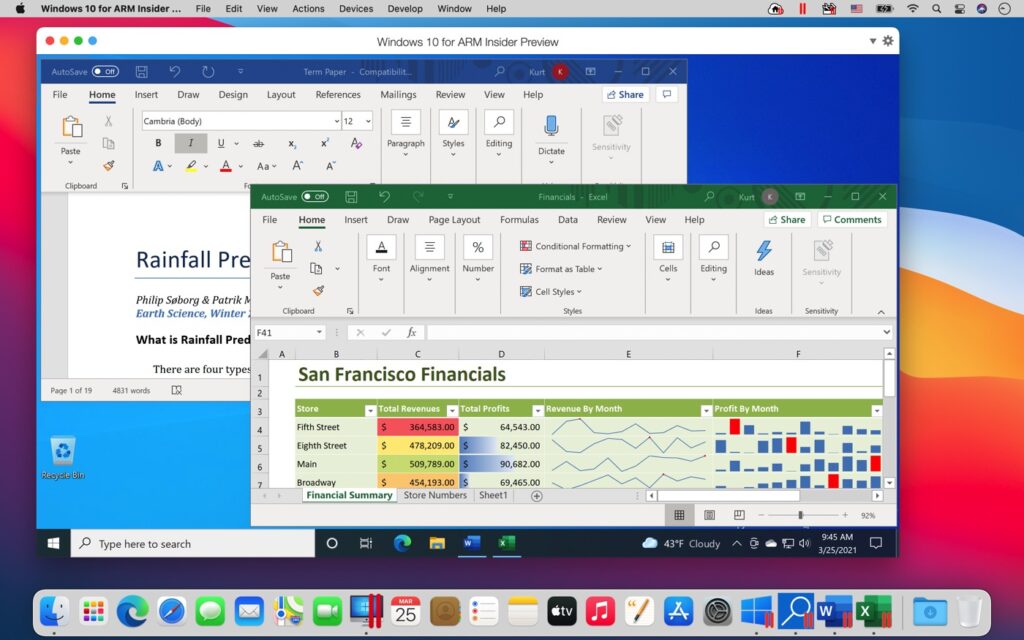
This means it isn’t running through an emulator, but native code.
#Parallels desktop apple silicon windows 10
With some adjustments to the free and open-source virtualizer, QEMU, Alexander Graf explained that the test was done using the Windows 10 ARM64 Insider Preview and Hypervisor framework. All have similar performance in short-run benchmarks, so the model likely doesn’t matter for the kind of tests that were performed.

Spotted by Notebookcheck, a developer managed to get Windows 10 running on an M1 Mac computer, although whether this was a Mac mini or MacBook wasn’t specified. Related: Apple Silicon Mac Buyers Have To Wait For M1-Supported Microsoft Office In contrast, three new Mac computers are powered by the M1 chip, representing Apple’s first-generation laptops and desktops based on ARM.
#Parallels desktop apple silicon pro
The second-generation Surface Pro X is based on what Microsoft calls the SQ2, a modified Qualcomm Snapdragon 8cx Gen-2. All low-power devices, each boast high performance and long battery life. For Apple's computer to run Windows 10 with higher performance than Microsoft's system shines some light on the hardware differences and the processor in particular.Īpple and Microsoft have each released their latest computers, based on ARM architecture, within the past 2 months. The irony is that Microsoft is the creator of Windows 10 and seemingly would have optimized hardware and software for the best performance.

In a twist that might seem surprising, Apple’s M1 Mac computers run Windows 10 faster than Microsoft's own Surface Pro X.


 0 kommentar(er)
0 kommentar(er)
